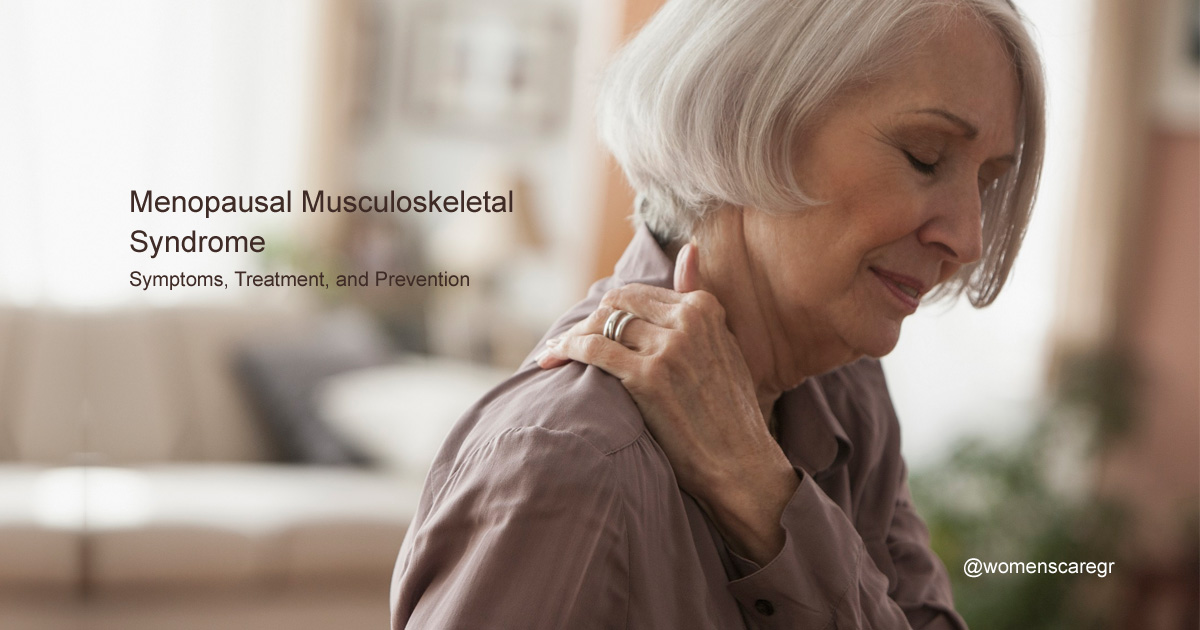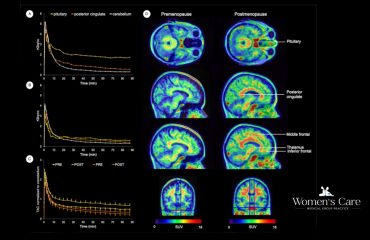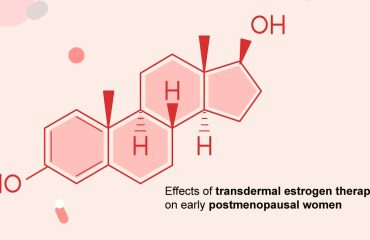
Menopause is a natural phase in every woman’s life, accompanied by many changes in the body and health. One issue that can arise during this period is musculoskeletal syndrome. But what exactly is menopausal musculoskeletal syndrome, and how can it be treated? Let’s take a detailed look.
What is Menopausal Musculoskeletal Syndrome?
Menopausal musculoskeletal syndrome refers to a series of problems related to muscles and bones that arise due to hormonal changes accompanying menopause. The decrease in estrogen levels can lead to loss of bone mass, muscle weakness, and joint pain. These changes can significantly affect a woman’s quality of life.
Symptoms
The most common symptoms of menopausal musculoskeletal syndrome include:
- Joint Pain: Many women report joint pains, especially in the knees, hips, and shoulders. These pains can be continuous or occasional, affecting mobility and flexibility.
- Muscle Weakness: The decrease in muscle strength can affect daily activities. The loss of muscle mass can make everyday tasks more difficult.
- Bone Mass Loss: Osteoporosis is a common problem, increasing the risk of fractures. The decrease in bone density can lead to bone fragility.
- Muscle Cramps and Spasms: These may be due to magnesium deficiency or other nutrients. Cramps can be painful and cause discomfort.
Treatment
Treating menopausal musculoskeletal syndrome involves various approaches that can help alleviate symptoms and improve quality of life.
- Diet: A balanced diet rich in calcium and vitamin D can help maintain bone health. Foods such as milk, yogurt, green leafy vegetables, and fatty fish are ideal for strengthening bones.
- Exercise: Regular exercise, such as walking, yoga, and weight training, can improve muscle strength and reduce joint pain. Exercise not only strengthens muscles but also improves bone density.
- Medications: In some cases, doctors may prescribe medications to treat osteoporosis or relieve pain. Medications such as bisphosphonates can help increase bone density.
- Supplements: Taking calcium and vitamin D supplements may be necessary to support bone health. Magnesium supplements can also help reduce muscle cramps.
- Physical Therapy: Physical therapy can help relieve pain and improve mobility. Physical therapists can suggest specialized exercises to strengthen muscles and joints.
Prevention
Prevention is key to avoiding or minimizing the symptoms of menopausal musculoskeletal syndrome. Here are some tips that can help:
- Healthy Diet: Include foods rich in calcium and vitamin D in your diet. A healthy diet is the foundation for good bone and muscle health.
- Exercise Regularly: Regular exercise can help prevent loss of bone and muscle mass. Strengthening muscles and improving flexibility is important for injury prevention.
- Avoid Smoking and Excessive Alcohol Consumption: Smoking and excessive alcohol consumption can worsen bone and muscle health. Adopting healthy habits is crucial for overall health.
- Regular Medical Check-Ups: Visit your doctor regularly for bone density and overall health check-ups. Preventive exams can help in early diagnosis and treatment of problems.
- Stress Management: Stress can worsen the symptoms of musculoskeletal syndrome. Techniques such as yoga, meditation, and deep breathing can help manage stress.
Tips for Daily Life
Daily life can be significantly affected by menopausal musculoskeletal syndrome, but with some simple changes, you can improve your quality of life.
- Adequate Rest: Good quality sleep is important for body recovery. Try to sleep at least 7-8 hours every night.
- Adopt Healthy Habits: Avoid smoking and alcohol to contribute to bone and muscle health. Opt for healthy choices in your diet and avoid processed foods.
- Correct Posture: Pay attention to your posture while working and exercising to avoid additional pressure on joints and muscles.
- Regular Check-Ups: Regular visits to the doctor for bone density and overall health check-ups are essential. Do not neglect preventive exams.
Dont hestitate to contact us. We are here to help



